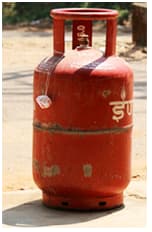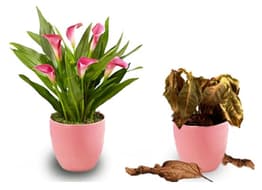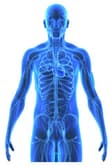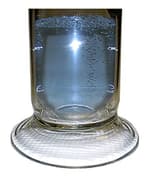Physical Nature of Matter
Physical Nature of Matter: Overview
This topic describes about matter and its components. Particles of matter are briefly explained here. Two activities are illustrated that encourage readers to perform and observe the nature of matter.
Important Questions on Physical Nature of Matter
How matter can be classified on the basis of physical state?
Which of the following is pure from of matter?
On a hot summer day Sam filled four glasses with water in different proportions. Which glass do you think contains more particles of matter?
Which of the following is given in its pure state of matter?
A newspaper is a form of matter. Matter gets destroyed if we burn newspaper. Do you agree?
Chalk can easily be broken into smaller pieces which can further be crushed to make chalk powder. Which property of matter can be explained on the basis of this fact?
State true or false.
All the things that can be seen around us are considered as matter.
The plant in the pot died due to lack of water. A living plant is considered as a form of matter.Is the dead plant also a form of matter?

The cooking gas cylinders used in our homes is called as (Liquefied petroleum gas). Identify the state of matter inside the cylinder.
Identify the property that can be measured without changing the material of the object.
State true or false.
Human body consists of all the three states of matter.

State true or false.
Inflated football consists of two states of matter.
State true or false.
Increase in energy can cause change in state of matter.
Identify the smallest particle in which matter can exist without loosing its identity.
Identify the incorrect statement regarding the properties of matter.
Oxygen is although a gas, but it can also be found in a liquid state. Are the atoms present in liquid oxygen different from the atoms in gaseous oxygen?
State true or false.
Matter is always visible.
Which of the following is not considered as matter?
The property due to which a substance tends to flow is known as:
The property due to which matter can change volume when pressure is applied is called:





